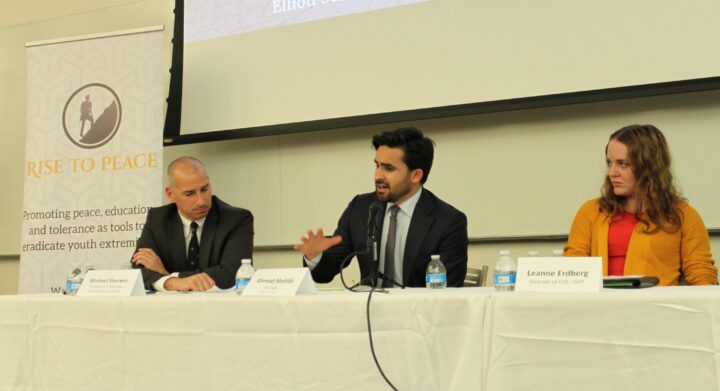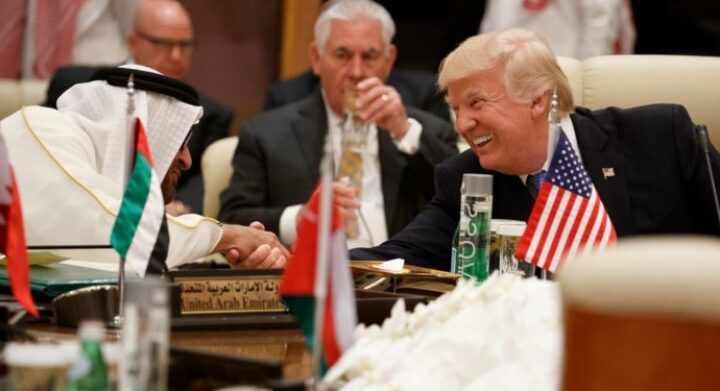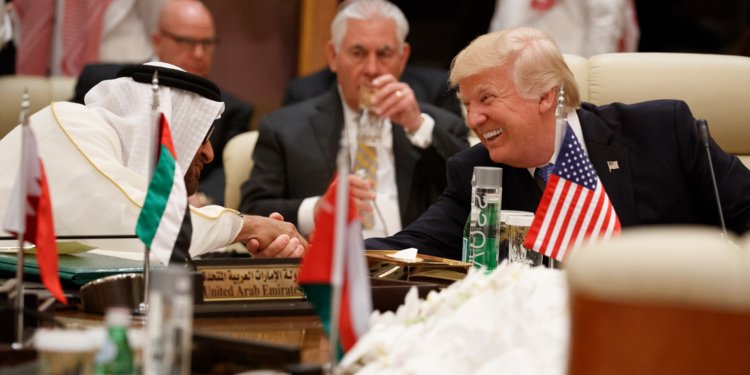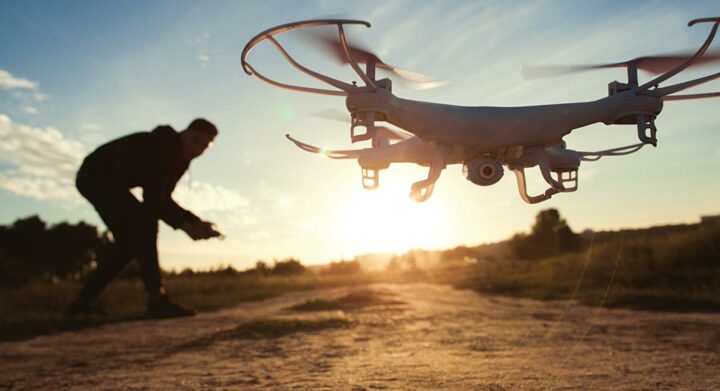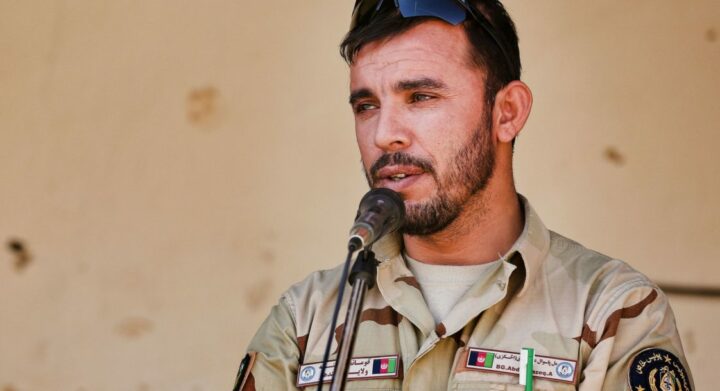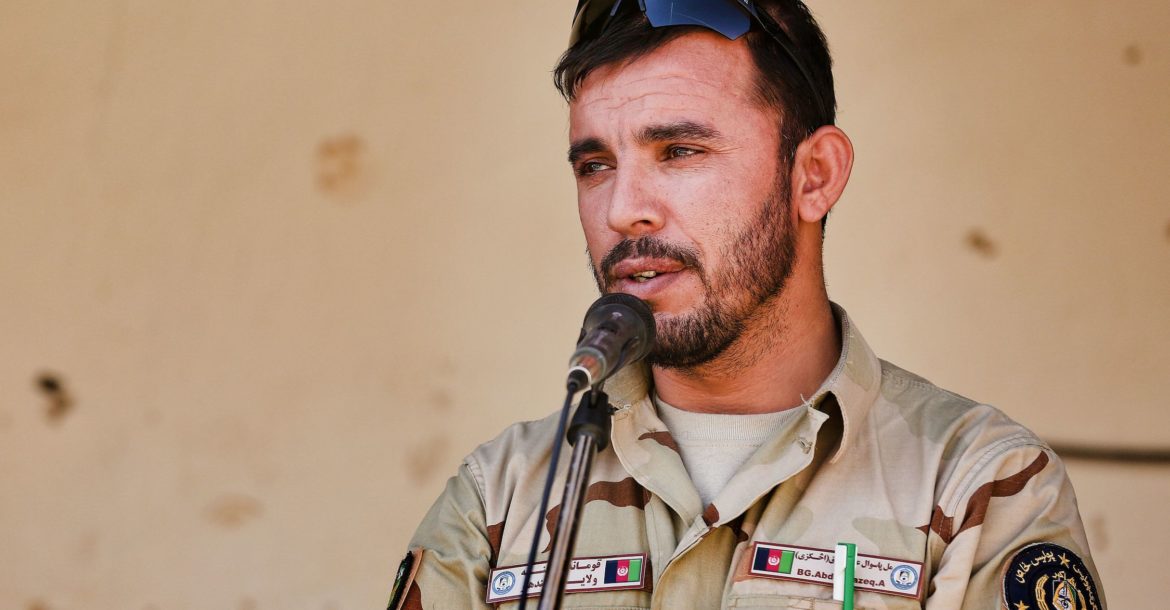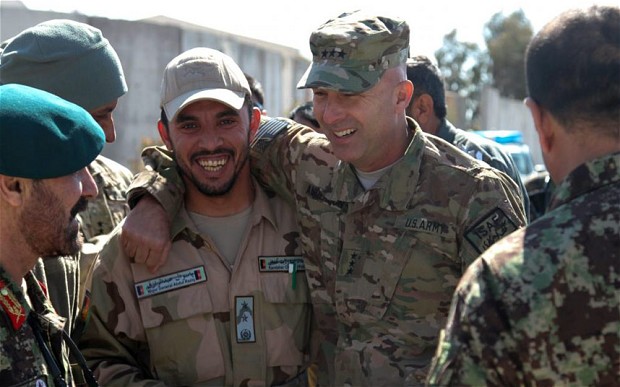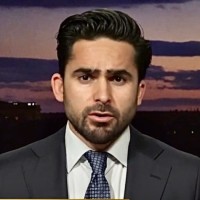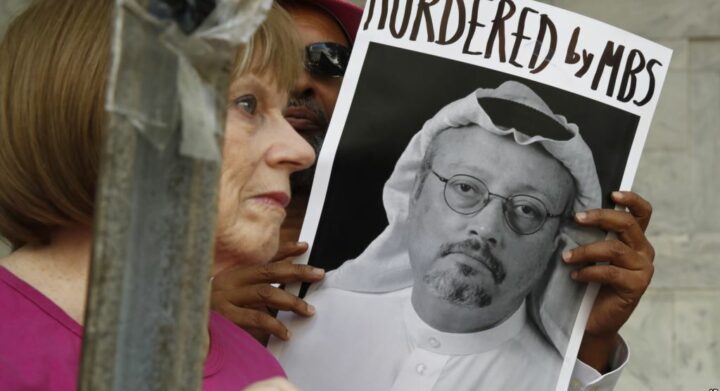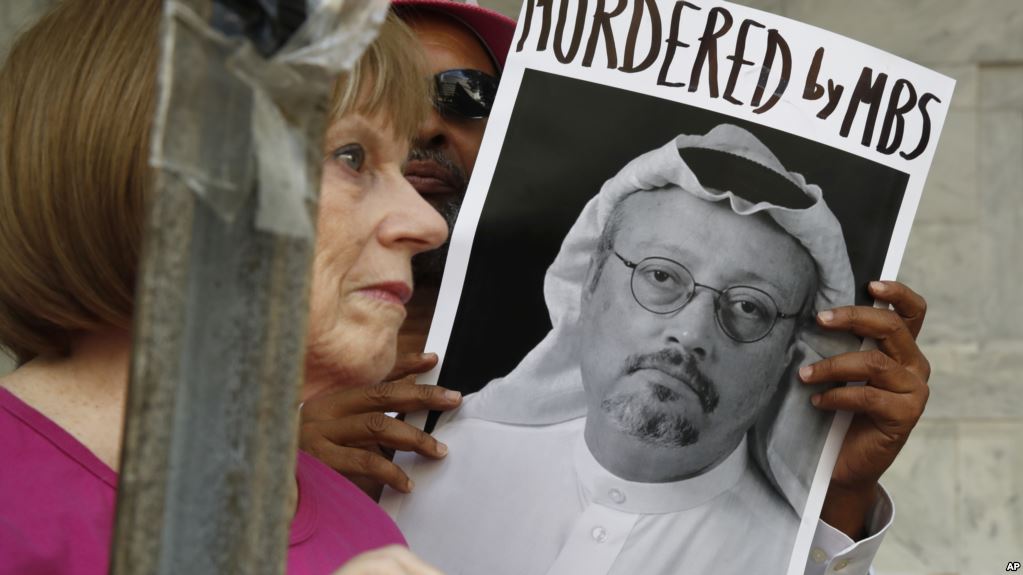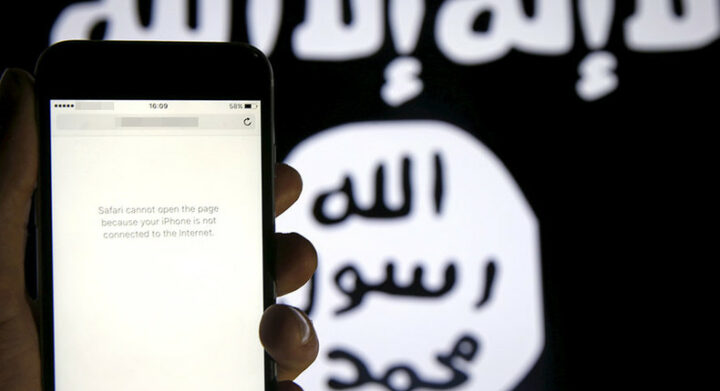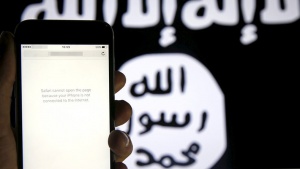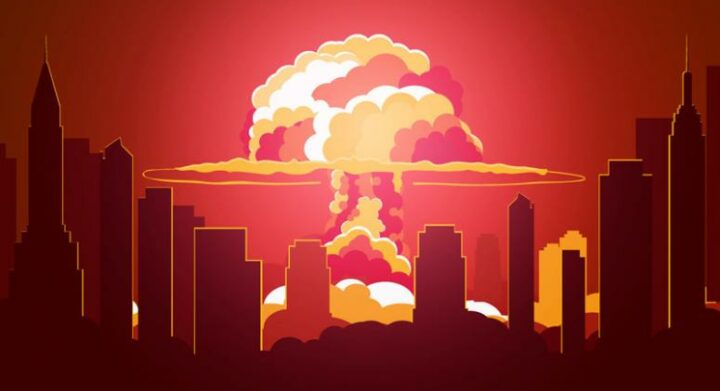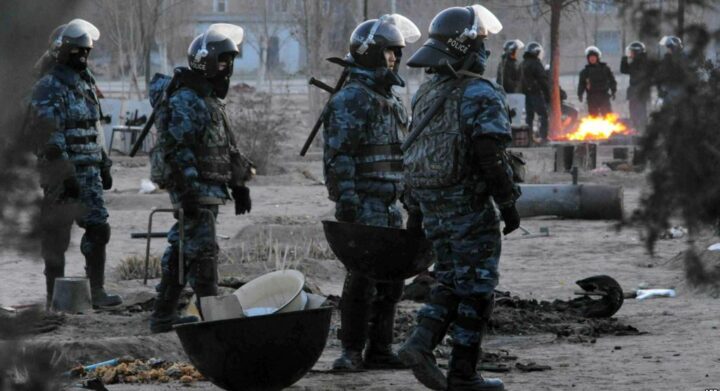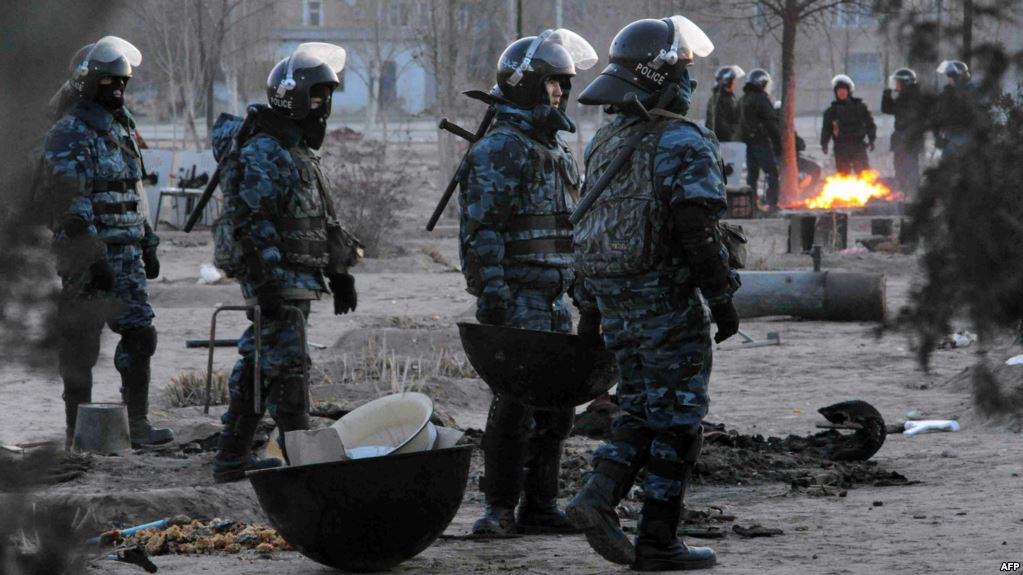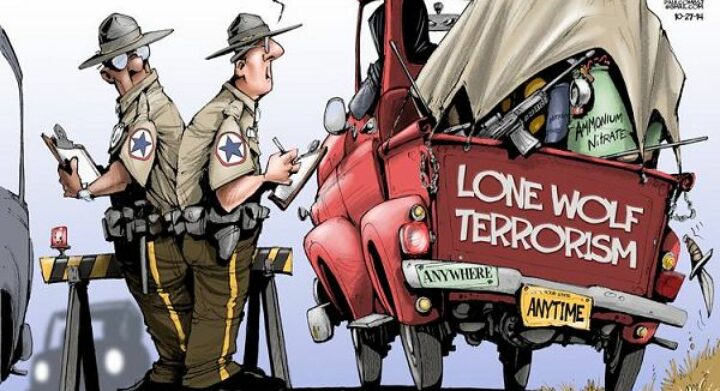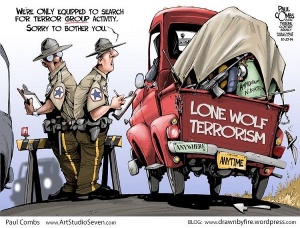
On August 4, 2018, President Nicolás Maduro of Venezuela was attacked with explosive-laden drones during a political rally. Although the drones were not successful in assassinating the Venezuelan leader, they managed to injure seven national guardsmen who were at the rally.
A few weeks earlier in July, the Public Safety Secretary of Mexico’s Baja California was also targeted by an armed drone, although the attached IED did not detonate. Attacks such as these are indicative of the burgeoning threat that drone-related terror can play in today’s world.
No longer is drone technology limited to the militaries of countries like the United States, Nigeria, or Pakistan. Instead, groups such as Hezbollah, the Houthi rebels, and the Islamic State are getting in on the action. In fact, ISIS recently threatened Paris with a drone attack. As drones become easier to obtain and use, attacks using this technology will become more frequent, more sophisticated, and more deadly.
The barriers to carrying out a drone-based terror attack are lower than ever. Lightweight hobby drones are cheap, easy to purchase and allow terrorist groups to carry out attacks from a distance. While military drones are less accessible and harder to operate, they do provide a higher operational capacity and have a number of avenues by which terrorist groups can obtain them. In this way, drone-based terror is comparable to nuclear terror.
Hobby drones, like a dirty bomb, can easily be weaponized, but have a relatively small impact, while military drones, like a weapon of mass destruction, can be stolen, bought from a rogue state or corrupt official, and has a high potential impact. Additionally, improvements in battery and camera technology will only increase the negative impact of drone-based terror as groups learn to harness these ever-increasing capabilities. In recent testimony to the Senate Committee on Homeland Security and Government Affairs, FBI Director Christopher Wray stated that drones, “will be used to facilitate an attack in the United States against a vulnerable target, such as a mass gathering.”
The Security Challenges of Drone-Based Terror
Drone-based terror presents unique security threats and challenges. The particular tactical flexibility inherent to drones forces a rethinking of current security strategies. Traditional notions of perimeter defense and target hardening no longer apply when the threat is as maneuverable and flexible as a drone.
Small drones can be used in swarms to destroy commercial airliners, disrupt military operations through hyper-local targeting, or inflict asymmetric damage on civilian targets. Additionally, drones can and have been used in conjunction with more traditional methods of terror.
During the Islamic State’s defense of Mosul, drones were used to guide suicide bombers and improve the accuracy of rocket and mortar fire. The coalition’s anti-drone no-fly zone was quickly counteracted by a do-it-yourself solution implemented by fighters on the ground. Further, drones can conduct both intelligence and counterintelligence operations: terrorist groups could use drones to jam military communications, survey battlefields, and download sensitive data.
In addition to conventional attacks and military-based operations, drones could be engineered to disperse chemical weapons, biological agents such as viruses or Anthrax, or even radioactive material. A September 2018 National Terrorism Advisory System Bulletin warned that, “some terrorist groups overseas are [pursuing] new technologies and tactics, such as unmanned aerial systems and chemical agents,” while Hezbollah may have the ability to carry out biological warfare using drones.
Finally, aerial drones are not the only technology terrorist groups can exploit. In January 2017, Houthi rebels killed two Saudi soldiers with a sea-based drone. As aquatic drone technology continues to proliferate, terrorist capabilities may widen to include attacks on coastal cities. Aquatic drones maintain the security challenges of aerial drones but can dramatically widen the target range of drone-based terror. Land-based drones may pose a threat as well, since “fighters in Syria and Iraq have been […] experimenting with remotely controlled vehicles and small robots for nearly a decade.”
Countering Drone-Based Terror
US doctrine focuses on active and passive defense, as well as a proactive intelligence-based approach, to countering air threats. Because of the small size, speed, and maneuverability of drones, they may not be detectable to forms of active defense reliant on radar. However, communication jamming may be a particularly effective form of defense against drones, reducing targeting accuracy and thus the potential threat.
Additionally, acoustic and radio detection methods can make up for radar’s shortcomings in countering drone incursion. On the passive side of defense, simple behavioral changes like hosting high-profile events indoors, varying arrival and departure agendas of potential target personnel, and changing transport routes can make all types of terror, not just drone-based attacks, more difficult. Finally, greater control and oversight of the supply chain, through the monitoring of suspicious purchases and cooperation with manufacturers, would decrease the likelihood of terrorist groups acquiring drones in the first place.
Drone-Based Terror Takeaways
Drone-based terror can be seen as an emerging threat to the global security environment which demands immediate and creative solutions. Terrorist groups are already making use of drones in the air, at sea, and on land in a variety of situations and capacities. The barriers to acquiring, arming, and using drones are lower than ever, and drone-based attacks come with their own unique security challenges. As drone technology improves, becomes cheaper, and proliferates, militaries will have to reckon with new security paradigms to combat this rapidly-evolving threat.

